BOR grant to aid water purification and desalination pilot study
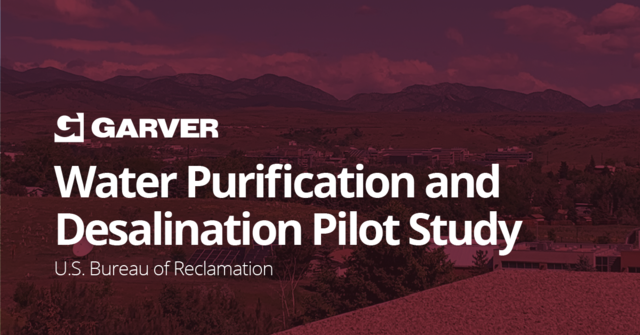
Backed by a U.S. Bureau of Reclamation (BOR) grant, Garver’s Water Technology Team, Mickley & Associates, and Red Rocks Community College (RRCC) are teaming up for an 18-month pilot study aimed at further protecting Colorado’s valuable water supplies.
The Garver-led study that will research a method to reduce the amount of salt discharged from industrial cooling tower blowdown into municipal sewer systems, was recently awarded one of seven grants issued under the BOR’s Desalination and Water Purification Pitch to Pilot Research Program. Garver’s water technology experts and RRCC staff and students will work alongside Mike Mickley, PE, Ph.D., an internationally-recognized brine-management expert, to evaluate the effectiveness of a 1 GPM electrocoagulation, ultrafiltration, granular activated carbon, and reverse osmosis (RO) treatment train aimed at preventing high-salinity cooling tower blowdown from entering sewer systems.
Instead, the RO permeate will be sent to a nearby greenhouse for irrigation supply, and recycled back to the cooling tower recirculation water. The reverse osmosis concentrate will be treated with vacuum-assisted electro-distillation (VAED), which will generate an 80% salt slurry that is expected to be 95% sodium chloride. The distilled water collected will be reused for VAED cooling water. The salt slurry will be evaluated as a potential feedstock to the chlor-alkali industry, which can turn it into chemicals traditionally used in cooling tower recirculation water treatment such as hydrochloric acid and sodium hypochlorite.
“Our zero-liquid discharge (ZLD), membrane desalination treatment train is estimated to remove more than two tons of salt from the 600-ton RRCC cooling tower blowdown over the eight-month field-testing portion of the pilot study, and save approximately 200,000 gallons of makeup water from the distribution system,” said Garver Water and Energy Practice Leader Eric Dole, PE, PSAP. “The reduction of salt discharge to the sewer will benefit the local wastewater treatment plants and the local watershed, while also conserving water and improving the efficiency of cooling towers with a low energy intensity treatment train. In addition, salt solids generated as a by-product may be used to help support a circular economy.”
This project will also provide insight to the efficacy of using this unique treatment train for saline water sources of similar water quality, such as inland desalination, while researching by-product markets for the waste salt slurry generated from the system.
With approximately 4,000 industrial cooling towers in the Denver metro area, Garver projects that this ZLD train could eliminate 4.8 MGD of saline blowdown that would otherwise enter the sewer systems, along with eliminating 4.8 MGD of potable makeup water demand.
To learn more about what Garver’s Water Technology Team can do for you, visit our Water Technology Team page.


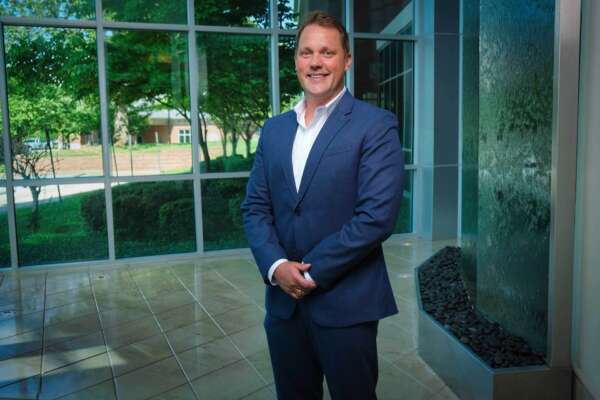
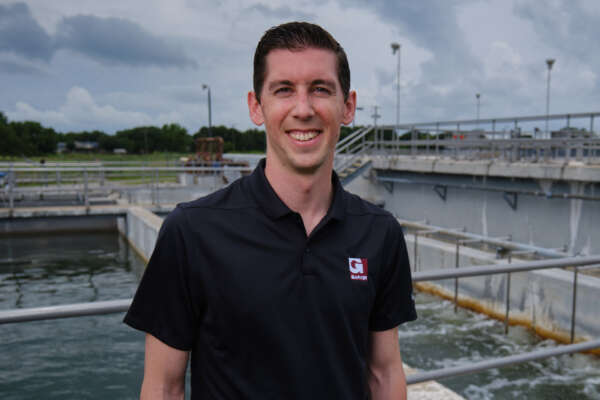
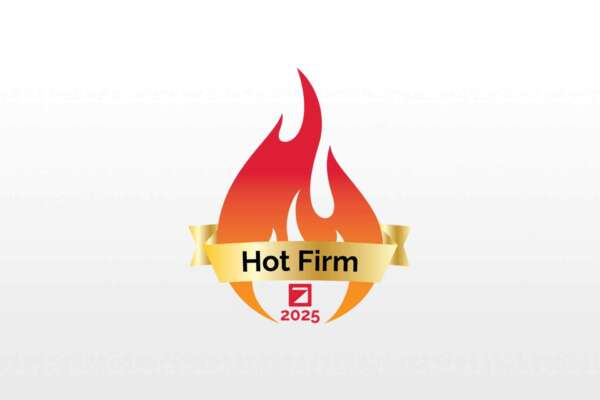
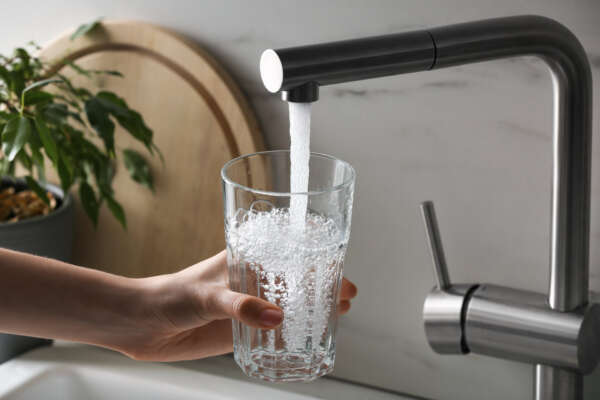
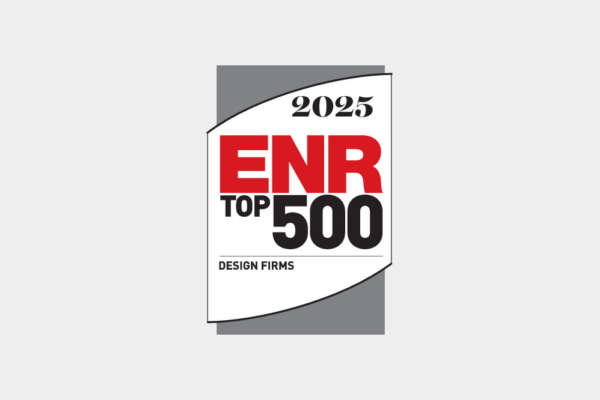

Share this article